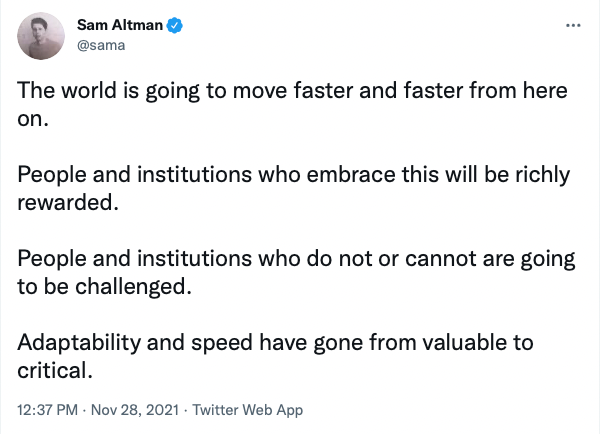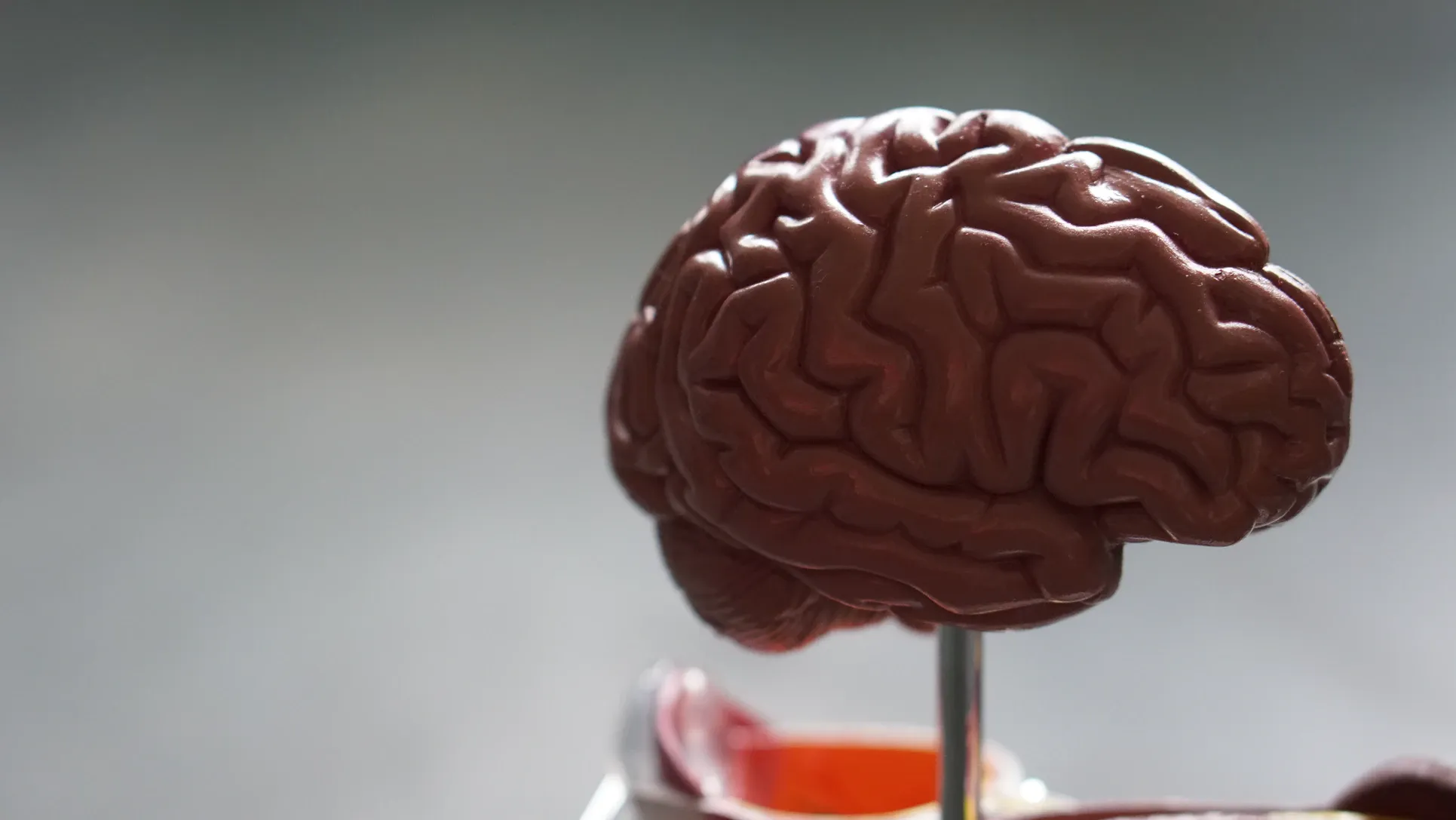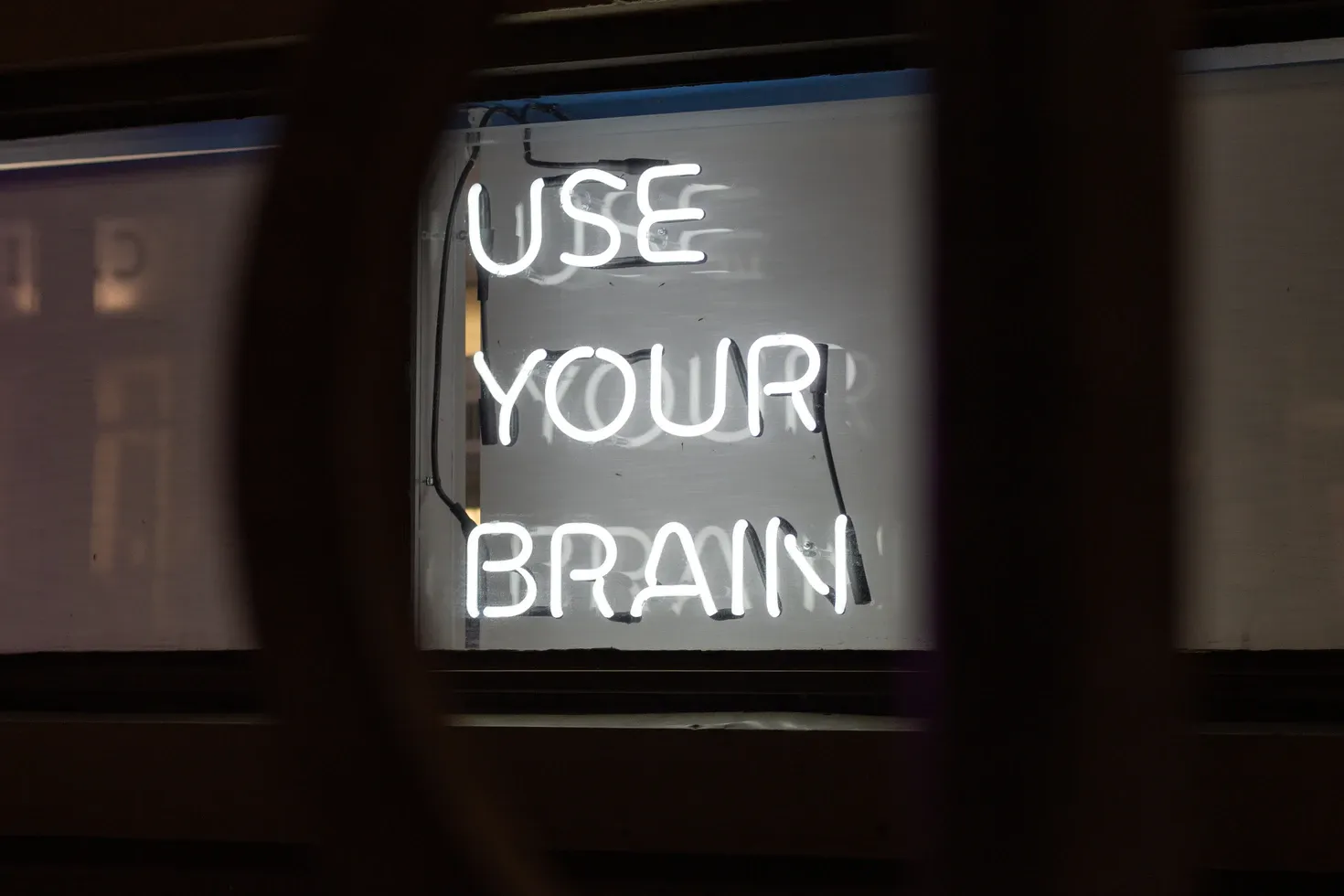How to Learn Skills Faster

Many of the jobs that existed 50 years ago have disappeared, and that trend will most likely continue. Previous generations could work a whole career with one company, but today and in the future, people can expect multiple career changes during their lives.
Our world is continually changing, and many believe that the speed at which we will need to adapt will only increase. Companies and individuals will face the pressure to adjust and change their skillsets consistently. Technology is moving faster than many institutions designed to teach skills can keep up.

How do individuals and organizations prepare?
Understanding how to learn efficiently is more important than ever. By understanding effective learning methods, you can improve your performance, be more adaptable to market changes, and take more control of your career.
Companies that create better learning techniques will be more effective at dealing with the speed of our changing economy—allowing them to develop their employees for better performance and learn updated skills when new roles are needed.
Most learning methods utilize outdated strategies that were thought to be effective while we were in school. For example, presentations, standard note-taking, and reading strategies are ineffective when retaining knowledge or learning new skills. In addition, these strategies are not backed by empirical research or in line with the science of how we know our brain works.
This leads to people giving up on their improvement attempts because they get discouraged and believe they can't learn. But with proper understanding and effort, we can consciously change and improve ourselves in ways we choose.
In this article, we will explore some of our brains' capabilities and mechanisms for change. Looking at concepts and practical tools that you can use to unlock your learning potential.
How Our Brain Changes

Our brains can change and grow. For example, a series of experiments demonstrated that parts of the brain used for navigation and remembering locations were larger in taxi drivers than in general. And the longer someone was a taxi driver, the larger it was.
But were these drivers just naturally gifted? An experiment designed to answer that question followed prospective drivers before they passed their taxi exams and then re-measured their brains four years later.
At the beginning of the experiment, there was no noticeable difference between candidates. Then, however, they found that the part of the brain used to remember locations grew among those who became taxi drivers and had no change in those who dropped out.
Mathematicians have more grey matter in parts of the brain used to do mathematical calculations; musicians have more grey matter in parts of the brain used to play instruments.
The brain can even repurpose areas of the brain that aren't being used due to a disability. For example, the area of the brain used for sight is repurposed for touch in blind individuals. So the brain has an amazing ability to adapt to whatever the needs of the person are.
But how does this work?
Stability and Change
Our nervous systems were designed to change. So when we are born, we start with messy connections. Babies have little control over their movements at birth but can typically walk within a year.
Over time our nervous system becomes customized to our unique experience. As we learn, we form new connections, and parts of our brains that are used more often become more developed.
However, the older we get, the more stable these connections become, making it harder to change. So while our biology is designed to change, it is also designed for stability.
Homeostasis is the tendency for our biology to act in a way that maintains its stability. For example, when we get too hot - we sweat, and when we lose oxygen - our breathing picks up. Our body is equipped with various feedback mechanisms to maintain the status quo. In the short term, things go back to normal once these mechanisms are triggered or the activity that causes them stops.
But if we engage in sustained vigorous activity that pushes these mechanisms beyond a point where they can compensate, our body adapts by changing so it can achieve homeostasis again. This is basically what's happening when someone lifts weights.
In response to mental challenges, our brain will rewire networks in various ways by strengthening or weakening various connections between neurons. Our brain can also increase the amount of myelin sheath that forms around nerve cells, so signals travel more quickly between frequently used connections.
So to change (or learn), we have to challenge our brain to do so.
Alertness and Focus
Why would our nervous system change if there wasn't an error in our performance or a threat to worry about? The nervous system is designed to keep us safe and will change significantly if there is a survival need, if something bad happens, or when we are really surprised. The same chemical used for stress is the same chemical that gets us to focus and be alert.
We need alertness and focus to learn. When something is wrong, or we aren't achieving our goals due to an error, that cues the nervous system to error correction. As a result, we become more focused and alert, allowing circuits to be marked for change.
When we find a solution, we get a spike of dopamine, and our brains remember what we got right. So if you want to improve your retention or execution, you have to put yourself in a situation where you feel frustrated or struggle to find the correct answer.
Cueing attention systems internally helps us learn better as well. We need to bring an immense amount of attention to what we want to change. So it's also essential you recognize you want to improve something by bringing it to consciousness. Specific chemicals are released when we realize we want to change something, allowing whatever neurons are active to strengthen or weaken.
That's why learning anything passively doesn't stick.
Tips for Learning More Effectively

Step outside your comfort zone: Only in uncertainly can you know what your full abilities are. When you step outside your comfort zone, it means you are trying to do something that you couldn't do before. This cues a heightened level of frustration and awareness. The brain, like the body, changes most quickly in the sweet spot where it is pushed outside but not too far outside its comfort zone.
Embrace errors - Instead of sticking to areas you know you are good at, lean into areas where you'll make mistakes. Learning new skills is much more effective at triggering structural changes in the brain than simply practicing a skill that you have already learned. When you make mistakes, your brain becomes alert to what it needs to do to correct them. If you only repeat what you are good at, there is a limit to how much you can improve.
Mental rewards for difficulty - Remind yourself that unless you are facing difficulty, you are most likely not learning. Neuroscientist Andrew Huberman says that if you leverage frustration to dig deeper and keep going, you are setting yourself up for a terrific set of plasticity mechanisms to engage. Subjectively associating "good" thoughts to the frustration of errors will help you keep going.
Deliberate practice - Anders Ericsson, a performance expert, and psychologist said that one of the traits of deliberate practice is full attention and conscious action. For example, you have to concentrate on a specific goal for that session, making tiny adjustments when you veer from your intended target. This added level of focus helps your brain pay attention and allows plasticity to happen. For example, researchers discovered that chess players who became grandmasters spent 5x more hours dedicated to serious study than those who played at the intermediate level.
Active vs. passive learning - Re-reading or passive listening does not help retain information. It doesn't require enough mental difficulty for your brain to trigger changes. Of course, you may remember fragments, but you will find it difficult if you attempt to teach someone else what you learned. If you want to retain something, teaching or writing about what you learned (without notes as much as possible) is an excellent way for your mind to remember what you learned. The retrieval process helps strengthen those connections, which will make them easier to place in the future.
Focus on skills, not just knowledge, when learning - This is another form of active learning. Cal Newport writes in So Good They Can't Ignore You about his process for turning his knowledge into skillsets. Every week he exposes himself to something new in his field. He does this through research, meetings, or attending talks. He then summarizes what he learns and brainstorms small projects he can complete in less than a month related to what he learned. This forces him to focus on results and master new skills to complete his projects.
By understanding the mechanisms for how the brain learns and changes, we can increase the speed at which we adopt new skill sets.
Sources: